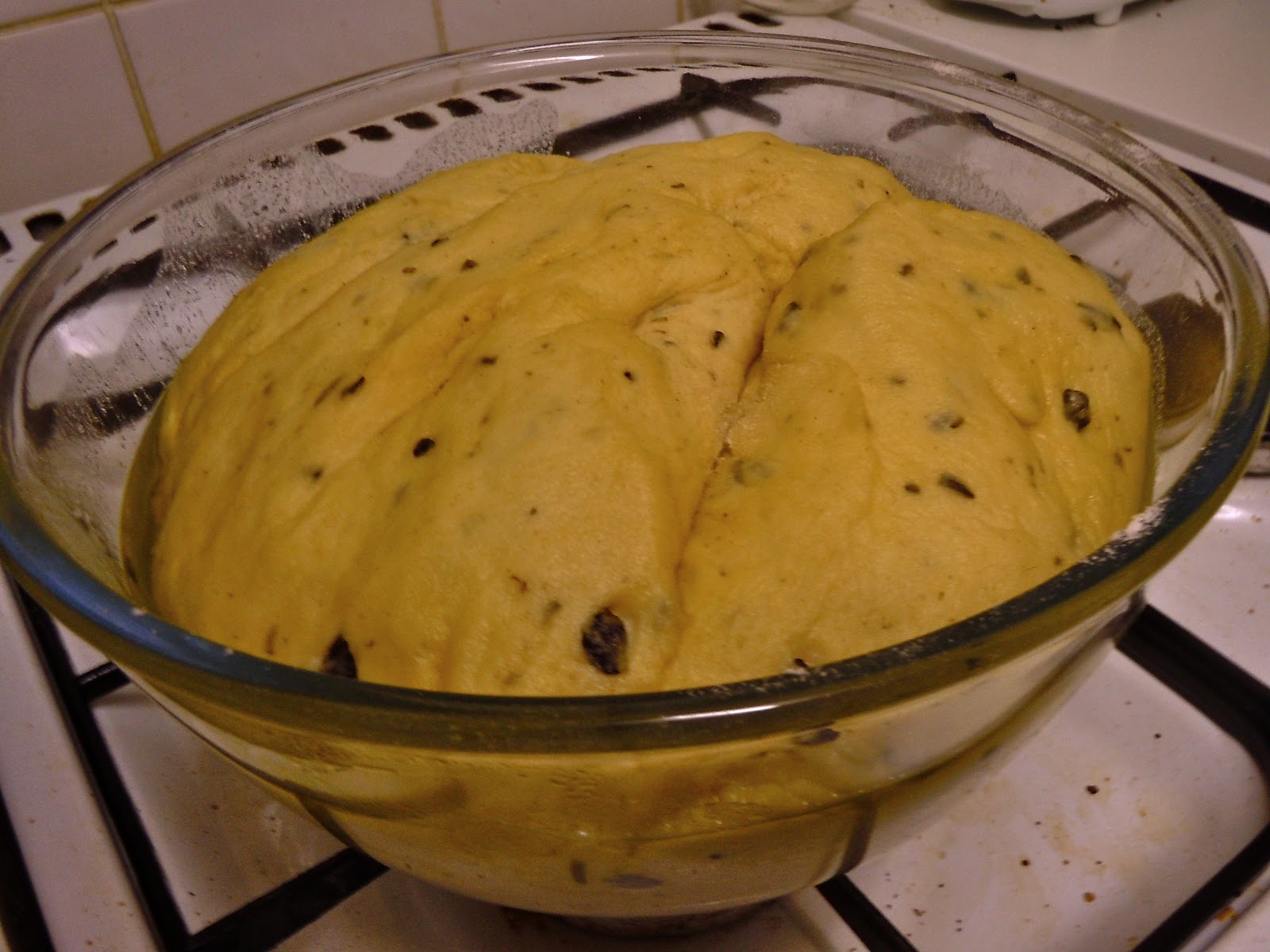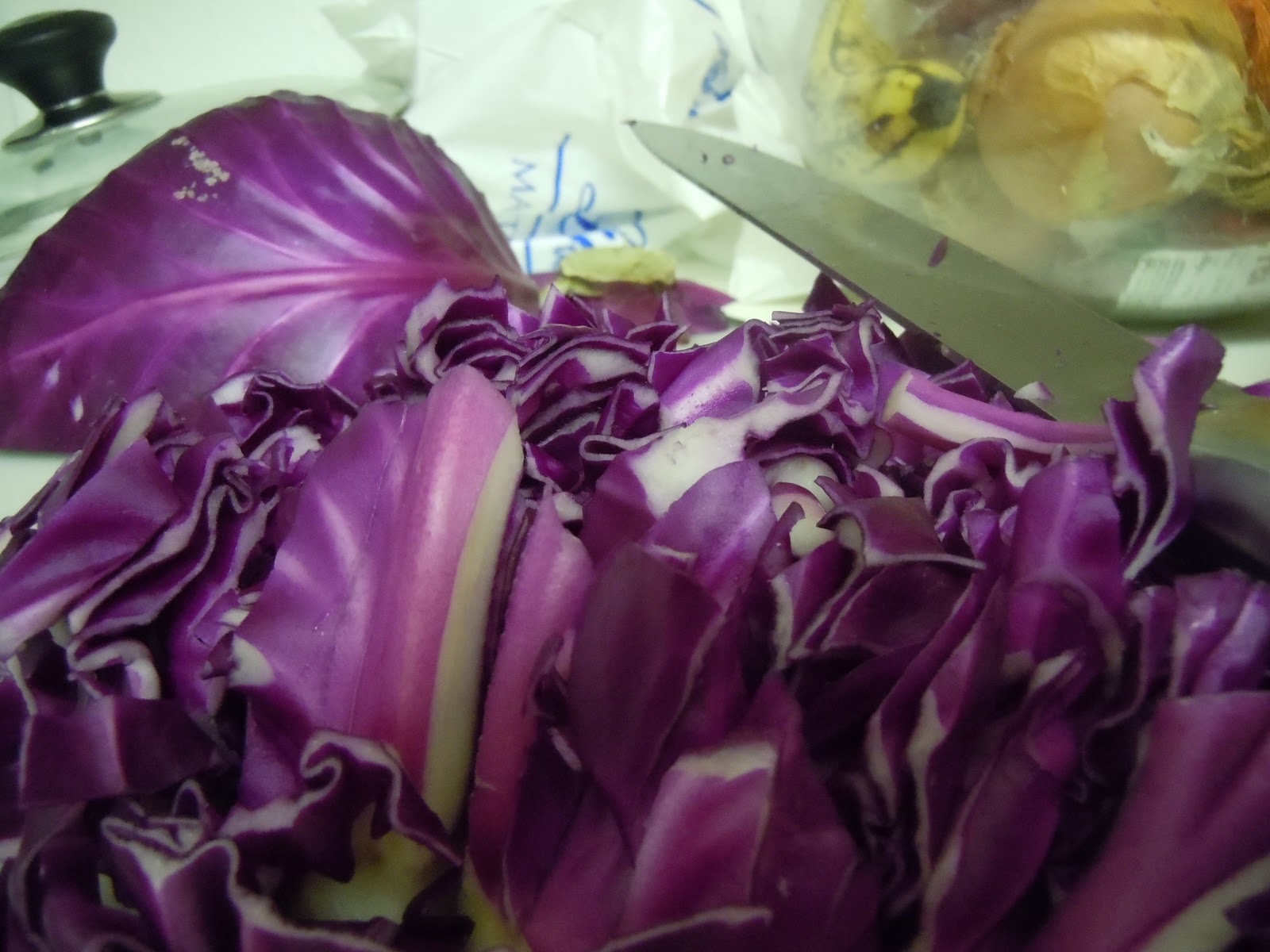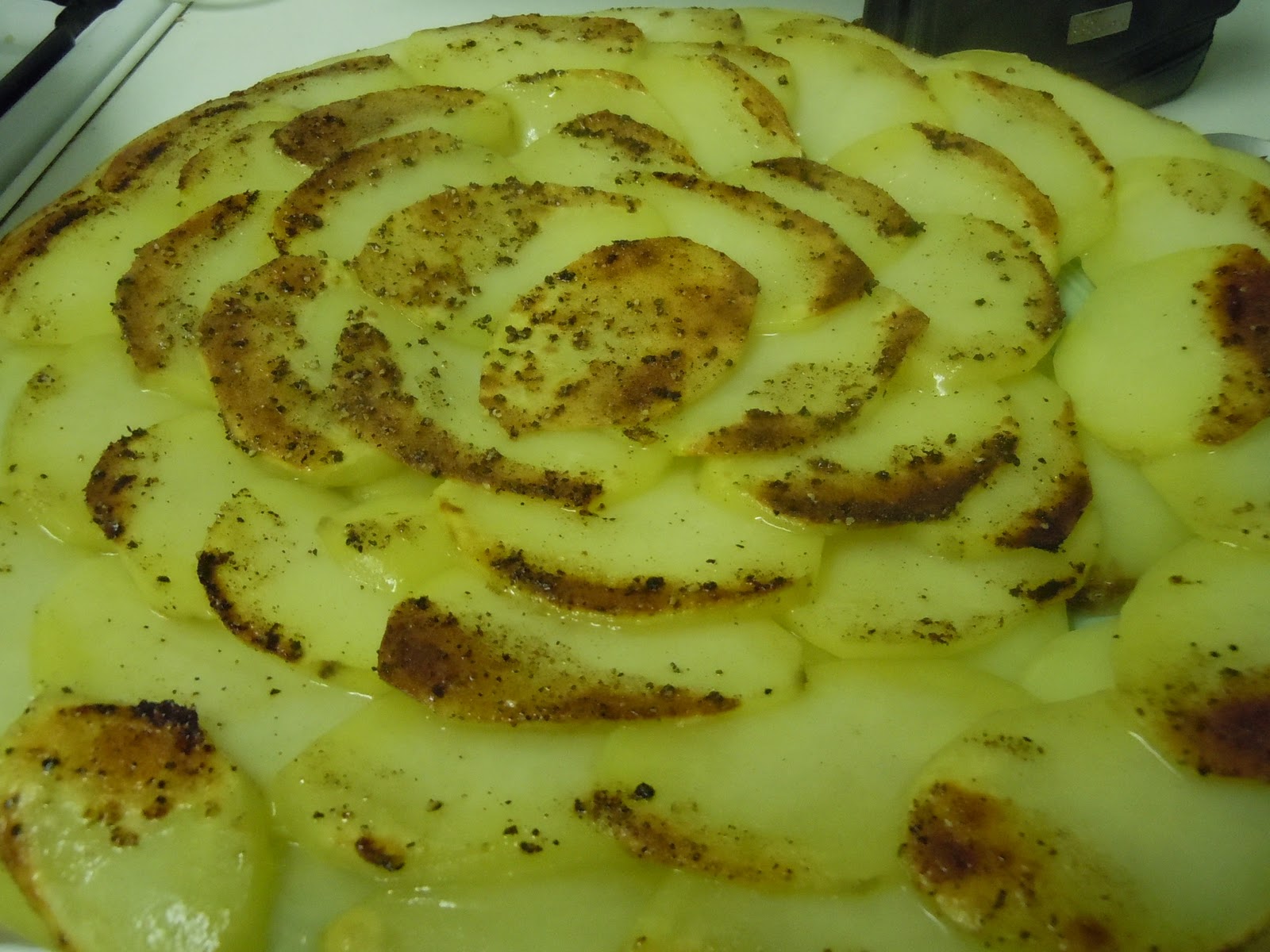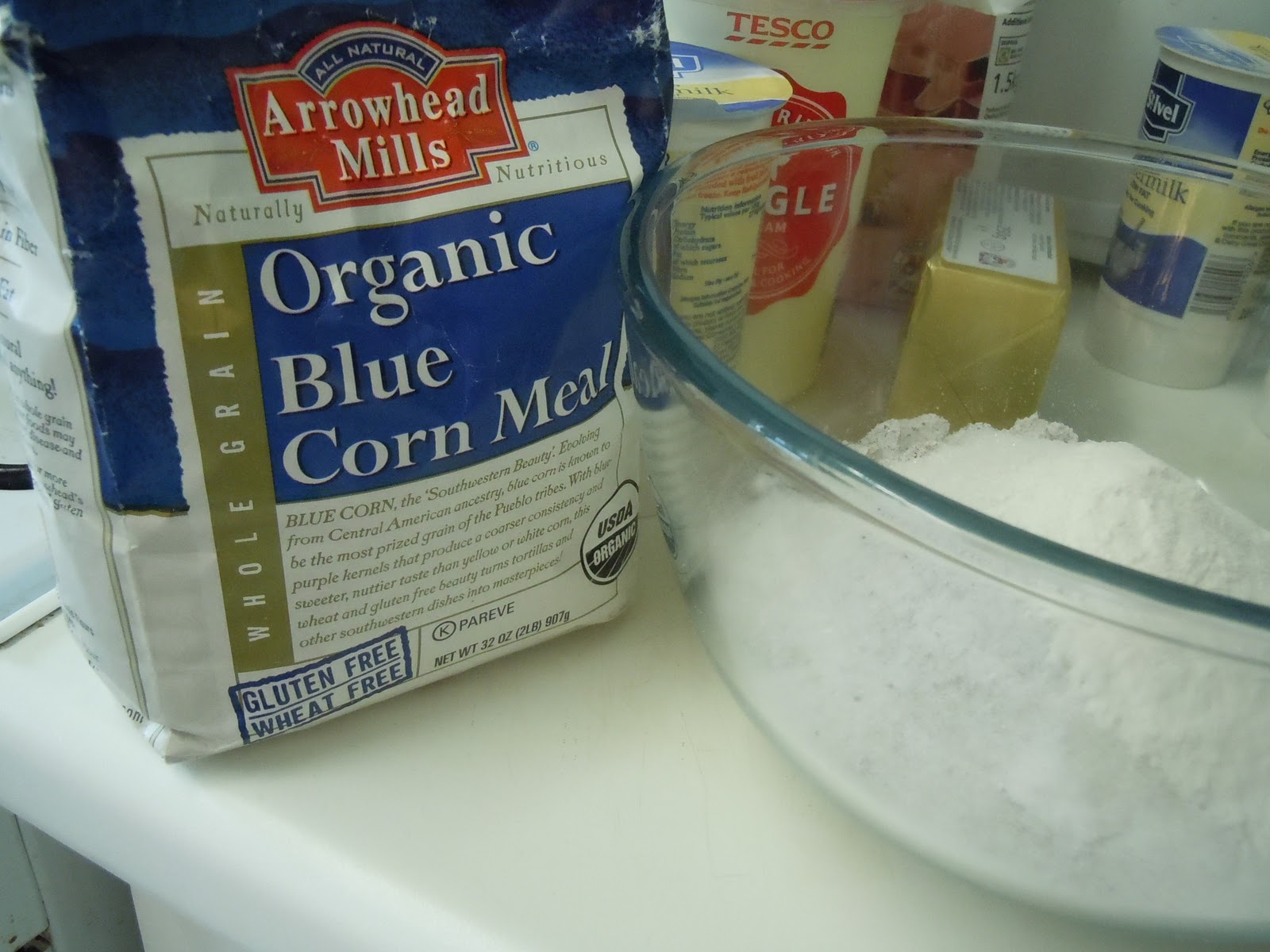Fougasse, that bizzarre French version of Italian focaccia, remains the pinnacle of bread for me. Discovered by accident but loved for years, the soft pull-apart quality of fougasse can't be beat. Years ago, I stumbled upon a recipe for the bread by none other than Raymond Blanc, featured in one of his "inept but lovable" cooking programs on the BBC. His recipe reflects the kind of chef he is: it took hours and required 8 ingredients that no one would normally have in their kitchen (rye flour, anyone?). But, because of my love, I hunted down each and every last ingredient, confident that the recipe would produce absolute marvels. And, to be fair, it did. Sure, it took 14 hours to make (get that starter going the day before!), but the rewards were more than ample. Delicious, delicious bread.
But the energy required in making the bread put me off the prospect of repeating it for years. It was only last week that I decided to brush off the old recipe and give it another whirl. Yet, in the intervening years, I had forgotten just how rare some of the ingredients were. When a morning dash to the local Tesco yielded no rye flour, I was stuck up the proverbial creek.
And that's when Epicurious came to my rescue. With only minimal effort, I was able to find a fougasse recipe that took far less time to prepare (ok, fine, it still takes 4 and some hours, but that's practically fast food compared to the Raymond Blanc recipe). Sure, I was taking a risk (I was supposed to serve the bread at a dinner party that night), but fortune favors the bold, so I went with it, adding in my favorite ingredient combination of rosemary and olives to the basic recipe.
And who would have thought? The recipe came out perfectly. Wonderfully soft and doughy, but with enough firmness to the crust, I was in fougasse heaven. Of course, by that point, I had invested in the rye flour just so I could have some on hand, in case the day ever came that I needed Raymond's recipe again. But this recipe was so delicious, I may never see the need. Sorry, Raymond.
Yield: Makes 2 loaves
Active Time: 45 min
Total Time: 4 1/2 hr
Ingredients
For starter
1 teaspoon sugar
1/2 cup warm water (105–115°F)
2 teaspoons active dry yeast (from a 1/4-oz package)
1/2 cup all-purpose flour
For dough
2 tablespoons sugar
1 1/4 teaspoons table salt
1 jar of pitted black olives, diced
2/3 cup water
3 tbsp rosemary, chopped
1/3 cup mild extra-virgin olive oil (preferably French) plus 1 tablespoon for brushing
3 1/4 cups unbleached all-purpose flour plus additional for kneading
1 1/2 teaspoons flaky or coarse sea salt
Method
Make starter:
Stir together sugar and warm water in bowl of mixer. Sprinkle yeast over mixture and let stand until foamy, about 5 minutes. (If yeast doesn't foam, discard and start over with new yeast.)
Whisk flour into yeast mixture until combined well. Let starter rise, loosely covered with plastic wrap, 30 minutes.
 |
| Risen dough, after 1 1/2 hours |
Make dough:
Add sugar, salt, 3/4 of the olives, water, 3/4 of the rosemary, 1/3 cup oil, and 11/4 cups flour to starter and beat with a wooden spoon (or, is using a mixer, at medium speed) until smooth. Mix in remaining 2 cups flour, 1/2 cup at a time until a soft dough forms.
Turn dough out onto a lightly floured surface and knead, sprinkling surface lightly with flour if dough is very sticky, until smooth and elastic (dough will remain slightly sticky), 8 to 10 minutes. Form dough into a ball and transfer to a lightly oiled large bowl, turning dough to coat with oil. Cover bowl with plastic wrap and let dough rise in a draft-free place at warm room temperature until doubled in bulk, 1 to 1 1/2 hours.
Punch down dough (do not knead), then halve. Pat out each half into an oval (about 12 inches long and 1/4 inch thick), then transfer to 2 lightly oiled large baking sheets.
Using a very sharp knife or a pastry scraper, make a cut down center of each oval "leaf," cutting all the way through to baking sheet and leaving a 1-inch border on each end of cut. Make 3 shorter diagonal cuts on each side of original cut, leaving a 1-inch border on each end of cuts, to create the look of leaf veins (do not connect cuts). Gently pull apart cuts about 1 1/2 inches with your fingers. Let dough stand, uncovered, until slightly puffed, about 30 minutes.
Put oven racks in upper and lower thirds of oven and preheat oven to 375°F.
Brush loaves with remaining tablespoon oil and sprinkle with sea salt along with the rest of the olives and rosemary. Bake, switching position of baking sheets halfway through baking, until loaves are golden brown and sound hollow when tapped on bottom, 35 to 40 minutes total. Transfer loaves to a rack and cool to warm or room temperature.










